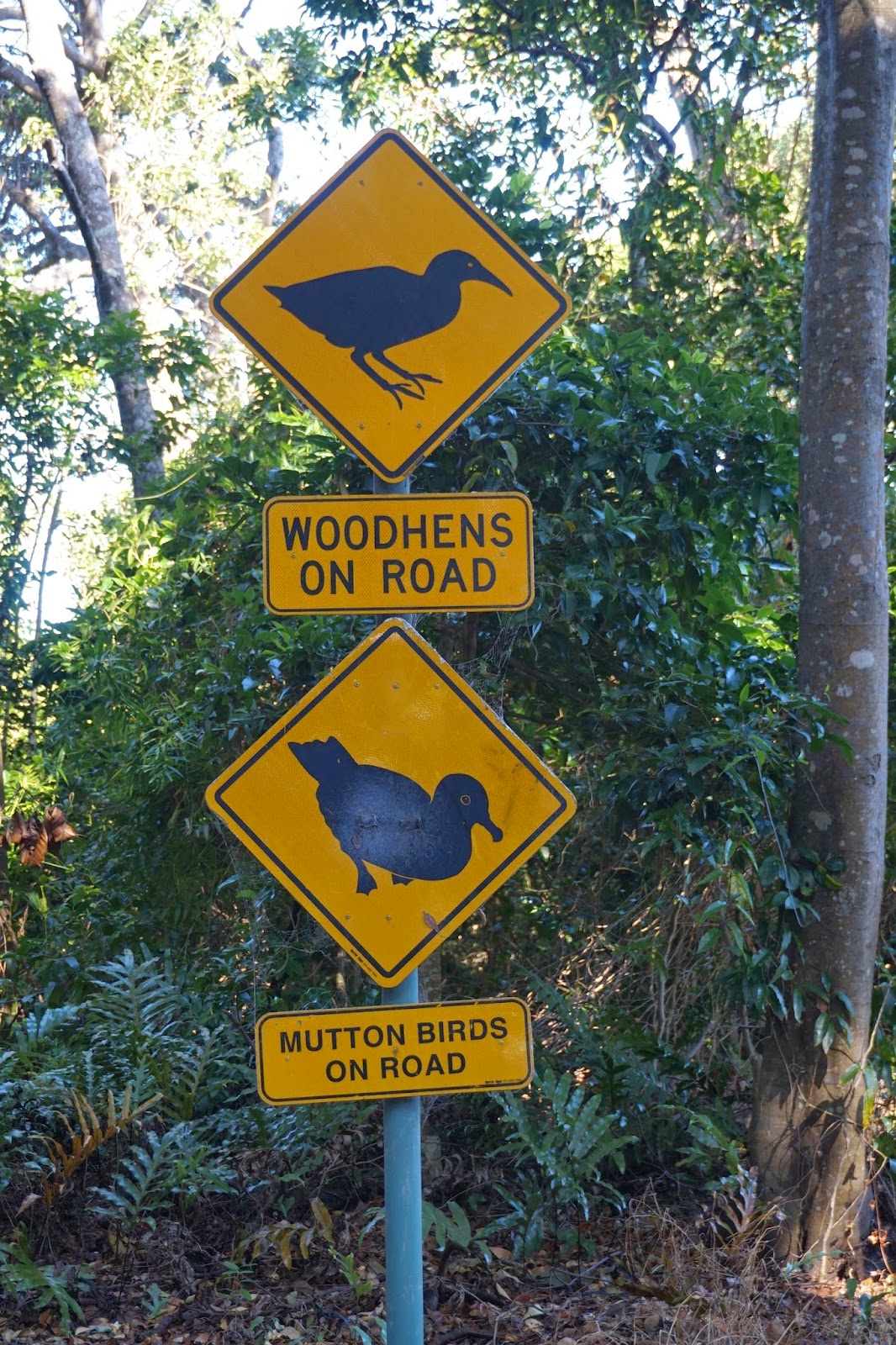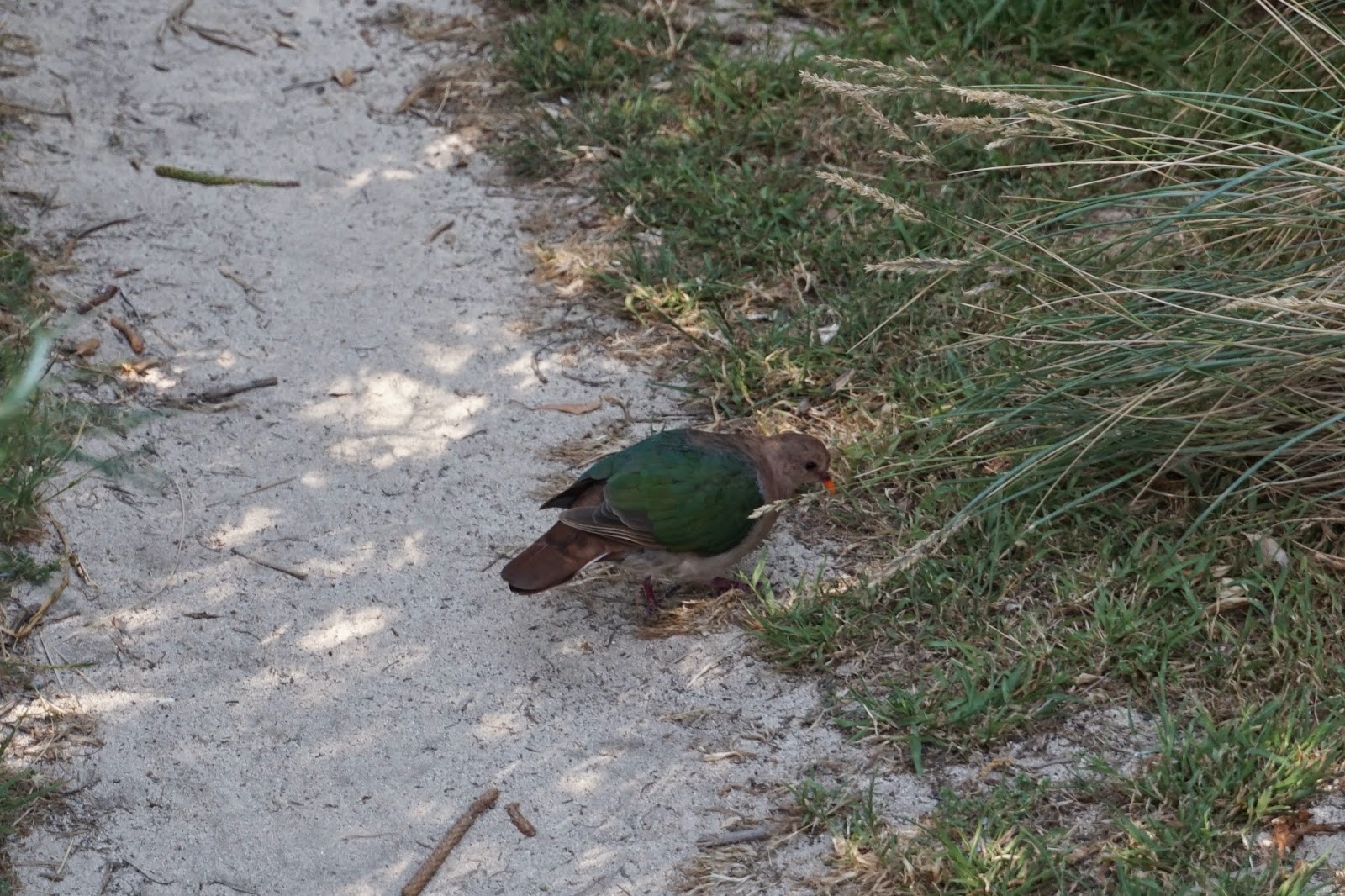This little island in the middle of the
ocean is quite special for a number of reasons – it has faced environmental
change, it is self sustaining on a number of levels, it boasts original flora and fauna and it has an interesting history of social equality and an
economy that escaped the ravages of the great depression.
The island was
discovered by Henry Ligbird Ball in HMS Supply in 1788 and it was named Lord
Howe after the First Lord of the Admiralty.
It was first inhabited in 1834 by three
families with Maori wives, eventually some more came from the mainland and
slowly a thriving little community grew up.
Its population, though diverse now, is largely white and currently
numbers about 360. Only 400 tourists are allowed on the island at any one time.
Initially the island was a whaling station
but soon that fell into decline and the community started exporting a product
that is unique to Lord Howe. The Kentia Palm, a gentle smooth palm which became
a great favourite of the Victorian times and was to be found in well to do
houses and in hotels. They exported the seeds and set up a cooperative company
where men and women and children were issued shares. It flourished and sums of
£5000 p.a were distributed evenly and fairly between a few families- an
excellent example of redistribution of wealth.
The Museum houses a well documented and well presented history of the island.
The island prospered, it felt none of the
ravages of the Great Depression which gripped the mainland. However by the
Second World War the demand for the Kentia Palm had diminished so the islanders
had to turn their hand to farming activities. Rats were
unintentionally introduced on the island by ships and they ravaged the bird
populations so the community put out a reward on rats caught. 0.6pence a rat tail – they would thread them through match box covers to make the
counting easier –one cover for every 10 tails. There was one young girl there who was working in one of the
restaurants cooking and washing up, but she confronted her boss and said she
wanted a raise because she could make more money catching rats then working for
them. The boss had no choice but to give her the raise. A plucky woman’s libber
in her day and a great rat catcher!
Technically the island is under the
state of New South Wales except that they somehow forgot to include it in their
legislation and budgets so for a long time the islanders were unable to gain
any title to the land other than a "lease of permanence". Finally in 1955 they
passed the Lord Howe Act, giving
the island a high level of self determination.
In the 20
th Century tourists visited the island for its natural
beauty. It has no snakes, no venomous or stinging insects nor any large sharks,
though I swam with quite a few Galapagos sharks which I found a little
unnerving, though I was told they wont attack.
In 1982 it was listed as a Unesco
World Heritage site and you will understand why when I share some of its joys
with you.Only 2 and ½ % remains above sea level – the bits below so magnificent that every little inch counts.




















































